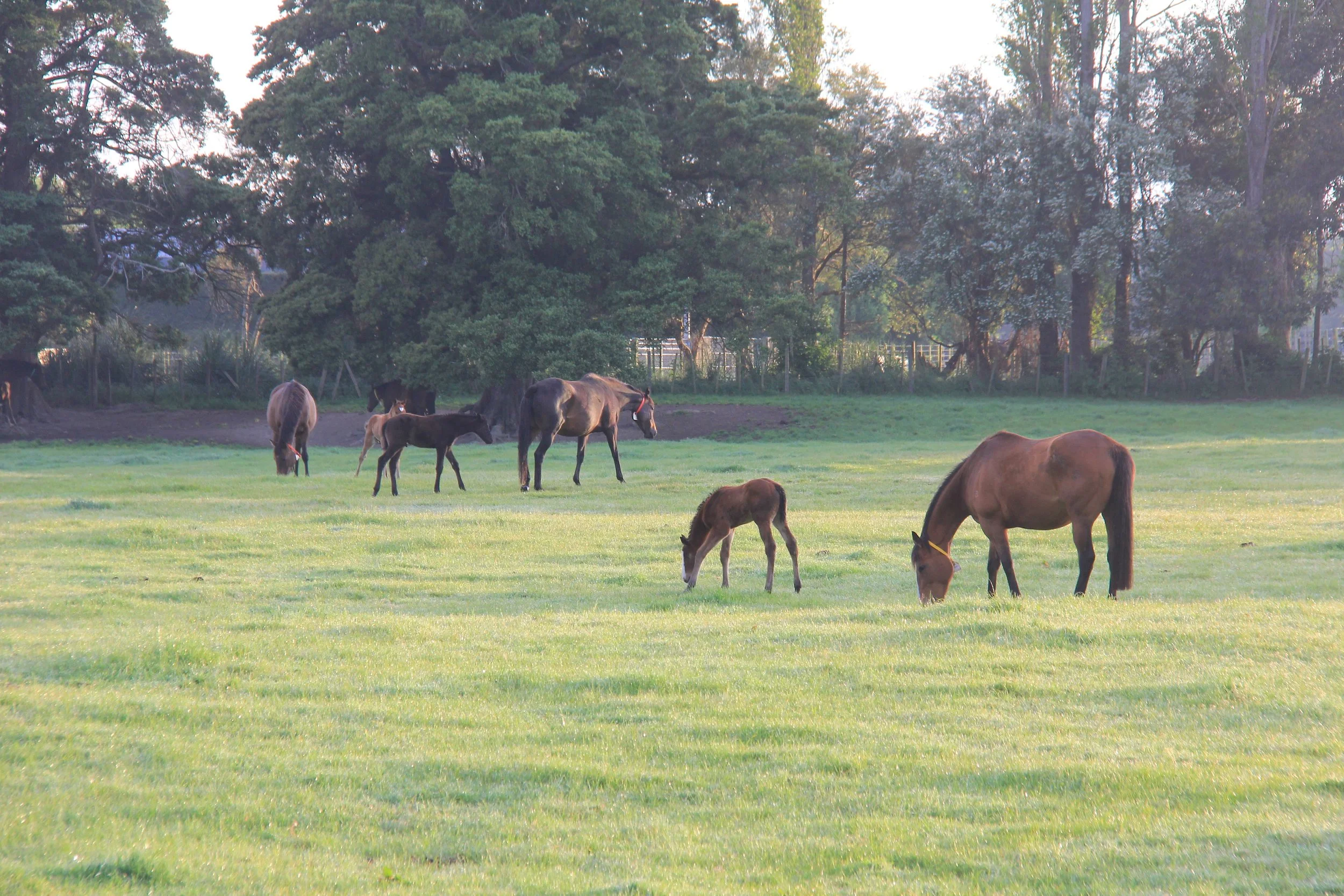
A case study of wastage from foaling through to racing in a cohort of Standardbred foals - Jasmine Tanner
There have been published studies on wastage within the Thoroughbred industry; however, there is little information related to wastage and other career-limiting factors for Standardbred horses.
This project was conducted to provide some preliminary information about wastage in the Standardbred industry.
The study cohort comprised 233 Standardbred mares that were presented for foaling between 2009 and 2019 on one single farm in Canterbury, New Zealand. Foaling outcomes were recorded by the farm manager, and subsequent training and racing information was obtained from the HRNZ Infohorse database or from horse owners.
The cohort of mares had 417 foals born during the study period. Foaling success (number of foals born/number of mares bred) varied between 95.5 and 100% over the 10-year period. Of the 417 foals born during the study period, 72 (17.3%) were officially notified as dead, 26 (6.3%) had been sold as hacks at the end of their racing career, 37 (8.8%) had been exported and 23 (5.5%) had been retained for breeding. Of the 335 horses aged 2 years or older, 112 (33.4%) had trialled or raced at the time of analysis. There were 79 horses lost to follow-up; these were either never registered or have had no trial or race performance data recorded for the previous 12 months and could not be traced to determine their fate.
Of the horses officially recorded as dead, 7 deaths were perinatal (1.7% of foalings) and another 12 foals died within the first 4 weeks following birth. Ten horses died or were euthanased as weanlings and 10 died as yearlings, primarily because of musculoskeletal injuries or disease. Another 12 horses died or were euthanased during the training period primarily because of musculoskeletal injuries, lack of ability and colic.
This Standardbred breeding property operates with foaling success rates generally exceeding those reported for Thoroughbred breeding operations in the Waikato, which range from 77.8-90.1% (Hanlon et al, 2012). For the horses in this study the major sources of loss from the industry included death (at least 17.3%), sale (at least 15%) or breeding (at least 5.5%). Musculoskeletal injury or disease was the major single cause of death. The data from this property provides benchmark values against which other Standardbred breeding properties can be compared to determine the overall performance of the Standardbred industry in terms of animal husbandry and management.
This study was kindly funded by the NZ Equine Research Foundation.


